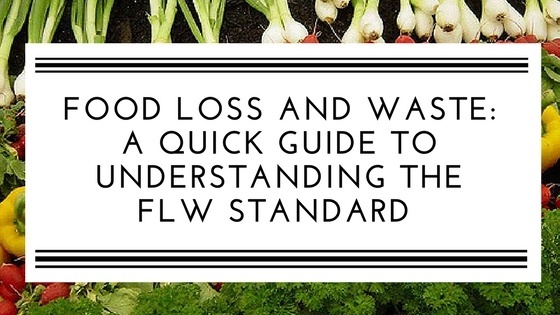
This post first appeared on SpoilerAlert.com.
Banana peels. Oversized apples. Mislabeled packaged goods.
In different circles, these products might be considered ‘food waste’, yet in others, they might represent a meal or an input for value-added processing. Awareness of the food waste problem has increased tremendously, catalyzing action from the private, public, and civil sectors to develop solutions to an issue that costs the U.S. $218 billion every year. But even among the experts and practitioners leading the charge, you may find mixed definitions of what constitutes ‘food waste’.
BACKGROUND ON THE FOOD LOSS AND WASTE STANDARD
That is why in 2013, a multi-stakeholder partnership named the Food Loss & Waste Protocol set out to develop an internationally-recognized standard that outlines requirements and guidance for measuring and reporting on the weight of food and/or associated inedible parts that are removed from the supply chain, otherwise known as ‘food loss and waste’ (FLW).
What this group produced and launched in 2016 is known as the Food Loss and Waste Accounting and Reporting Standard (FLW Standard). Led by the World Resources Institute (WRI), the partnership includes representatives from the Consumer Goods Forum (CGF) and the Food and Agriculture Organization of the United Nations (FAO), with review and feedback provided by more than 200 additional stakeholders from business, government, civil society, and academia.